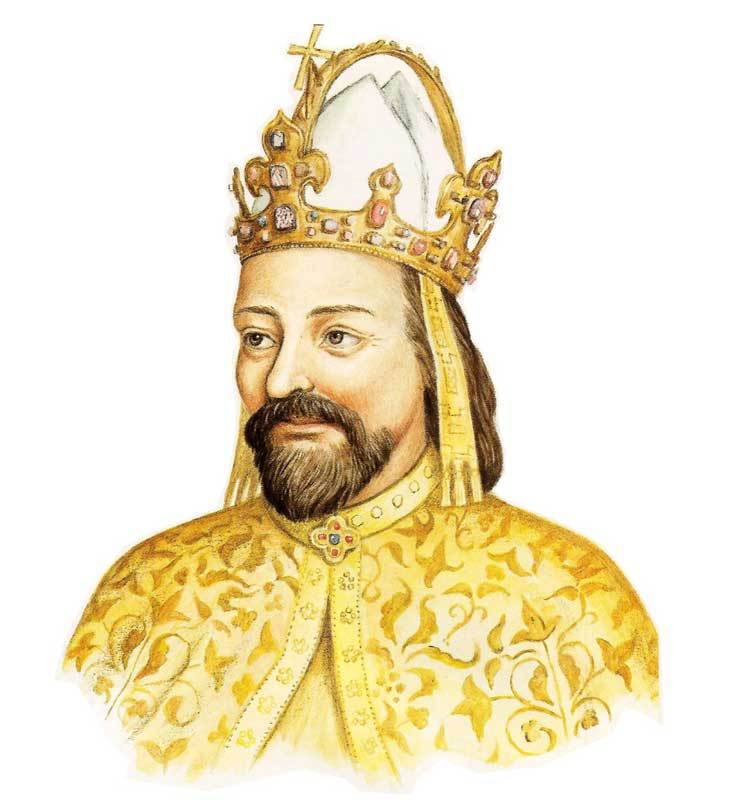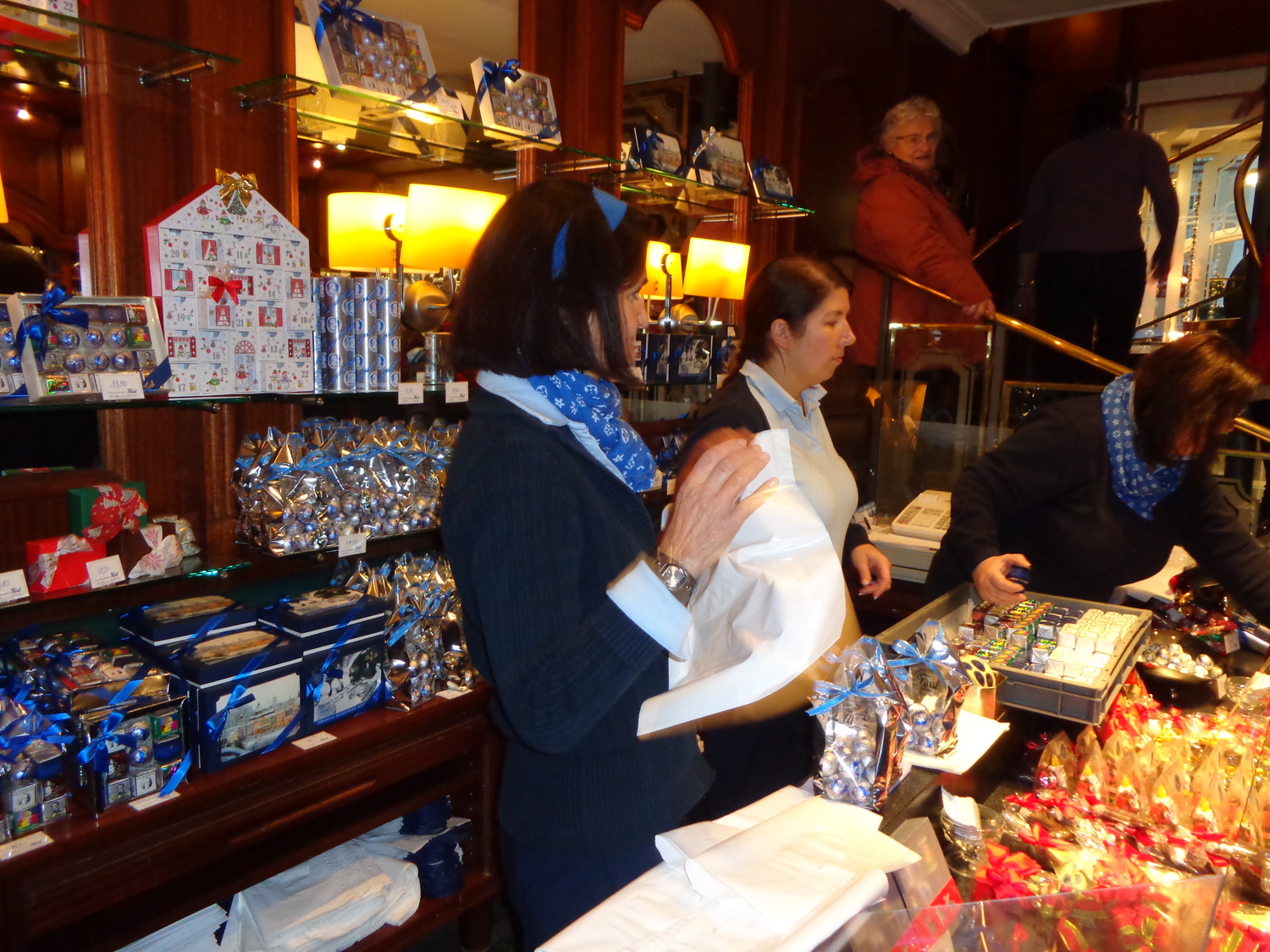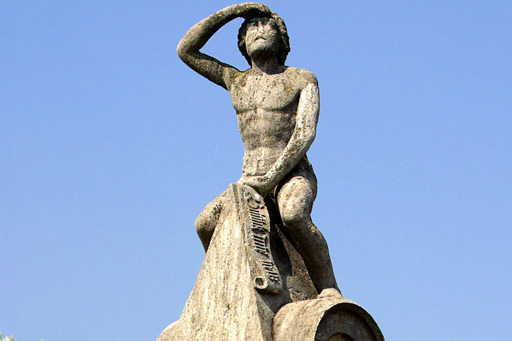A new film was recently released called Krampus. People who did not travel to German speaking countries in the Advent time can hardly know this name. He has other names as Christmas Devil, Bad Santa: a half-goat, half-demon, horrific beast who literally beats people into being nice and not naughty. Krampus isn't exactly the stuff of dreams: bearing horns, dark hair and fangs, the anti-St. Nicholas comes with a chain and bells that he lashes about, along with a bundle of birch sticks meant to swat naughty children. He then hauls the bad kids down to the underworld. Krampus, whose name is derived from the German word krampen, meaning claws, is said to be the son of Hell in Scandinavian mythology.
The legendary beast also shares characteristics with other scary, demonic creatures in Greek mythology, including satyrs and fauns. Christmas celebrations begin in early December. Krampus was created as a counterpart to kindly St. Nicholas, who rewarded children with sweets. Krampus, in contrast, would swat "wicked" children and take them away to his lair. According to folklore, Krampus supposedly shows up in towns the night before December 6, known as Krampusnacht, or Krampus Night. December 6 also happens to be St. Nicholas Day, when German children look outside their door to see if the shoe they had left out the night before contains either presents (a reward for good behavior) or a rod (bad behavior).
In Germany and Austria there are so called Krampuslauf, or Krampus run, the processions of Devils. Some people wearing the masks of devils could have inherited them from their grand dads and some of the devil costumes could cost over one thousand euros. A more modern tradition in Austria, Germany, Hungary, Slovenia, and the Czech Republic involves drunken men dressed as devils, who take over the streets for a Krampuslauf—a Krampus Run of sorts, when people are chased through the streets by the "devils." In the Czech Republic St.Nicolas is accompanied by the devil and the angel. The angel gives some presents to good children and the devil threatens to put naughty children into a bag and haul them down into the hell.
Why scare children with a demonic, pagan monster? Maybe it's a way for humans to get in touch with their animalistic side and revitalize pagan traditions. The person dressed as the beast "becomes mysterious," as coming from the other reality. Krampus's frightening presence was suppressed for many years—the Catholic Church forbade the raucous celebrations, and fascists in World War II Europe found Krampus despicable because it was considered a creation of the Social Democrats. But Krampus is making a comeback now, thanks partly to a "bah, humbug" attitude in pop culture, with people searching for ways to celebrate the Advent period in a non-traditional way. In the US people are buying into the trend with Krampus parties. Monday night's episode of, called "Minstrel Krampus”, "highlighted” the growing movement of Anti-Christmas celebretions. For its part, Austria is attempting to commercialize the harsh person of Krampus by selling chocolates, figurines, and collectible horns. So there are already complaints that Krampus is becoming too commercialized.
 2016 is the year of the 700th anniversary of Charles IV. Charles IV. (1316 – 1378), the Bohemian king and the emperor of the Holy Roman empire of the German nation presents an outstanding personality of Bohemian and the European history. He was an ambitious ruler, a farsighted politician with a fine urbanistic vision.
2016 is the year of the 700th anniversary of Charles IV. Charles IV. (1316 – 1378), the Bohemian king and the emperor of the Holy Roman empire of the German nation presents an outstanding personality of Bohemian and the European history. He was an ambitious ruler, a farsighted politician with a fine urbanistic vision.


